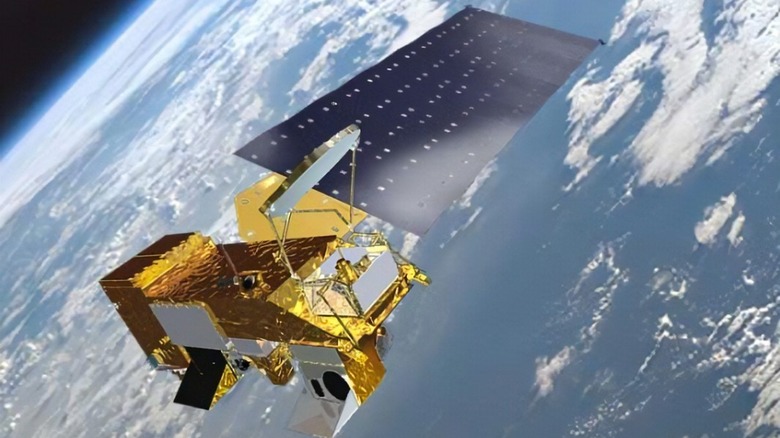How Do You Find Life On Other Planets? By Testing On Earth
With over 5,000 exoplanets — planets beyond our solar system — discovered to date, there's a growing interest in locating which of these planets might be habitable. It's no easy matter to find a planet where life might be able to thrive. When astronomers talk about habitable exoplanets, they often mean planets which are in the habitable zone. This zone encompasses a region around a star in which a planet could have the right surface temperature for water to be present in liquid form.
However, just having a surface temperature between zero and 100 degrees Celsius isn't enough to make a place hospitable to life. There are many other considerations; like the presence of an atmosphere, and what that atmosphere is composed of, the atmospheric pressure, the amount of radiation a planet receives from its star, and even the balance of water and land on the surface. All of these factors and many more can affect whether a planet could ever host life.
Researchers are creating increasingly complex models for what a truly habitable exoplanet might look like. However, it's difficult to test out these models because there's only one planet we know of which can definitely host life — our own planet, Earth.
A group of researchers from ETH Zurich and the University of Zurich are using that principle as the jumping off point for their research, and asking what might at first seem like a strange question: Can we identify Earth as habitable using currently available tools?
Why it makes sense to use Earth as a model
It might sound silly at first to ask whether we can tell Earth is habitable. Of course it is, that's where we all live! However, the point of the research isn't to prove that Earth is habitable — our mere existence proves that. Instead, it's to see what kinds of information we could get about Earth from space, and whether that information would be enough for us to say that the Earth could host life. The idea is to try out habitability tests on Earth, to see if they could one day be used on exoplanets.
The researchers shared their findings in a paper in The Astrophysical Journal, working with a group of five satellites located in space as part of a project called LIFE, or Large Interferometer For Exoplanets. The aim of the project is for these satellites to act like one large telescope, working together to form a tool called an "interferometer," which can detect infrared radiation or heat from exoplanets.
The light given off by these planets can then be analyzed to see what an atmosphere is composed of. "Our goal is to detect chemical compounds in the light spectrum that hint at life on the exoplanets," said leader of the LIFE initiative, Sascha Quanz.
The researchers wanted to know how effective these satellites would be when looking at a distant exoplanet, so they started off by using equivalent satellites to observe Earth.
Considering the habitability of Earth
The researchers used data from a NASA satellite called Aqua, which monitors Earth using instruments like an infrared sounder, a radiometer, and a spectroradiometer. It is used to study the Earth's water cycle in terms of evaporation and precipitation as part of NASA's Earth observation studies.
The researchers used data from this satellite to see the light wavelengths coming from Earth — called the emission spectra — in the infrared portion of the spectrum. This is similar to the kinds of data that satellites would be able to pick up from exoplanets. They wanted to know whether they would be able to see that Earth has an atmosphere, and if it made a difference when they observed in different seasons.
The results were good news for habitability hunters, as they showed that a telescope like LIFE would be able to spot signs of a habitable world from a distance of 30 light years. That's still pretty close in space terms, but from this distance they could see indications of Earth's atmosphere like carbon dioxide, water, ozone, and methane.
It turned out to be very hard to determine anything about seasonal variations, however, but the researchers say that it's still a positive finding. "Even if atmospheric seasonality is not easily observed, our study demonstrates that next generation space missions can assess whether nearby temperate terrestrial exoplanets are habitable or even inhabited," Quanz said.


